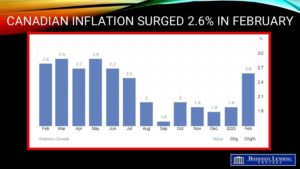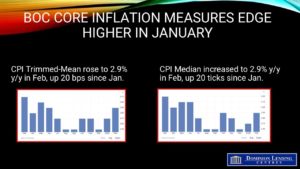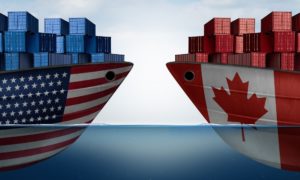Spring mortgage season is bringing better fixed-rate deals, but not all borrowers are seeing relief. While lenders continue trimming fixed rates, discounts on variable rates are shrinking.
If you’re in the market for a mortgage this spring, you’ve probably noticed fixed rates are continuing to trend lower.
That’s thanks in large part to falling bond yields, which drive fixed-rate pricing, and a fresh wave of spring competition among lenders.
In the past week alone, some banks and monolines have cut 3- and 5-year fixed mortgage rates by 10 to 20 basis points.
“The spring market starts now,” mortgage analyst Ron Butler recently told Canadian Mortgage Trends, pointing to what’s typically the busiest—and most competitive—season in the mortgage cycle. With many high-ratio fixed rates now dipping below 4% for the first time in months, Butler says the pricing war is well underway.
According to rate expert Ryan Sims, big banks are especially keen to compete right now after a sluggish start to the year for mortgage originations. That’s translating into sharper fixed-rate offers across the board.
But when it comes to variable-rate mortgages, it’s a different story altogether.
While the Bank of Canada’s overnight rate dropped another 25 basis points earlier this month, lenders are quietly reducing their variable-rate discounts off prime—effectively making new variable-rate mortgages more expensive.
It’s a trend that hasn’t gone unnoticed by brokers and borrowers alike.
As more borrowers eye variable products in anticipation of future BoC rate cuts—as reflected in the latest big bank rate forecasts—lenders are adjusting pricing, but not for the usual reasons.
While fixed mortgage rates tend to move with bond yields, variable rates are tied to the Bank of Canada’s overnight rate. However, the discounts lenders offer off their prime rate can shrink when credit spreads widen—that is, when the cost of borrowing for lenders increases relative to government bond yields.
This means that even as bond yields fall, lenders may reduce variable-rate discounts to preserve their profit margins in the face of rising credit costs.
EconoScope:
Upcoming key economic releases to watch
| Country | Date | Time (ET) | Release | Previous reading |
|---|---|---|---|---|
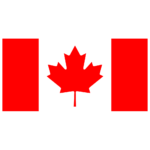 |
Wed March 26 |
1:30 p.m. | BoC Summary of Deliberations | |
| Wed. March 26 |
8:30 a.m. | Durable Goods Orders (February) | +3.1% MoM $282.3B |
|
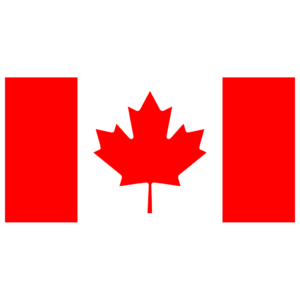 |
Thurs. March 27 |
8:30 a.m. | Survey of Employment, Payrolls and Hours (January) | +25.3k (+0.1%) |
| Thurs. March 27 |
8:30 a.m. | Initial Jobless Claims (Mar 22) | ||
| Thurs. March 27 |
8:30 a.m. | Real GDP (Q4, third estimate) | +2.3% | |
| Thurs. March 27 |
8:30 a.m. | Advance Economic Indicators Report (February) | ||
| Thurs. March 27 | 10:00 a.m. | Pending Home Sales (February) | -4.6% | |
 |
Fri. March 28 |
8:30 a.m. | Monthly Real GDP (January) | +0.2% |
 |
Fri. March 28 |
Ottawa’s Fiscal Monitor for January (expected) | ||
| Fri. March 28 |
8:30 a.m. | Personal Income & Consumption (February) | Income: +0.9% | |
| Fri. March 28 |
10:00 a.m. | University of Michigan Consumer Sentiment Index (March final) | 57.9 |
This is part of a post written for Canadian Mortgage Trends by Steve Huebl on Mar 25, 2025.


